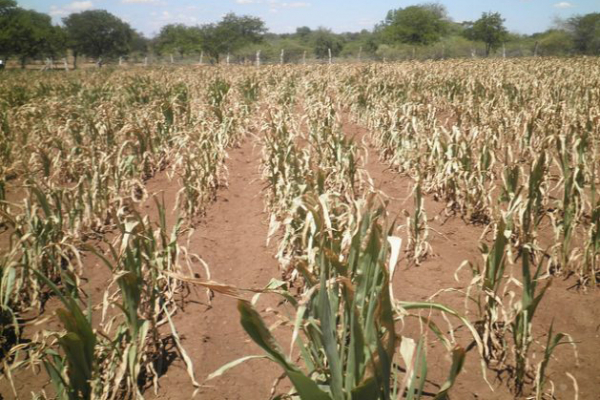
BY JAIROS SAUNYAMA
At least 59% of the rural population will be food insecure at the peak of the consumption season, the latest Zimbabwe Vulnerability Assessment Committee (ZIMVAC) livelihoods report has revealed.
According to the report, close to six million people in the rural areas will be in dire need of food due to stagnant incomes and droughts.
“During the peak hunger period (January to March 2019) it is estimated that approximately 59% of the rural households will be cereal insecure. The 59% of rural households will translate into approximately 5 529 209 individuals requiring 818 323 metric tonnes of cereal (maize grain) costing about US$217 659 752 at peak,” the reports.
“As we move into the second quarter of the 2020/19 consumption year, approximately 38% of rural households, translating to 3 550 851 persons, will require emergency cereal assistance amounting to about 525 000 metric tonnes.”
Zimbabwe is currently experiencing food shortages exacerbated by a severe drought and natural disasters like Cyclone Idai that ravaged most parts of Manicaland and three other provinces.
Government recently revealed that about 661 000 households need food assistance with the majority being in rural areas.
“Considering all incomes, the food insecurity prevalence is projected to be 59% during the peak hunger in the 2019/20 consumption year. The effect of stocks remained stagnant when comparing 2018/19 and 2019/20 consumption years.
- Chamisa under fire over US$120K donation
- Mavhunga puts DeMbare into Chibuku quarterfinals
- Pension funds bet on Cabora Bassa oilfields
- Councils defy govt fire tender directive
Keep Reading
“The incremental effect of an extra source of income became weak during the 2019/20 consumption year with income effected having reduced from 46 to 24 points and food crops from 13 to 4 points,” the report reads.
According to the report, cereal production has decreased at household level with maize production decreasing by 30%.
“Nationally, there was a 26% decrease in average household cereal production, a 30% decrease in average household maize production and a 70% increase in the average household small grains production from last season,” the report said.
“Average household maize production was highest in Mashonaland West (433,3kg) and least in Matabeleland South (46,5kg). Maize production has been on the decline from 2016/17 season in all provinces except Mashonaland West province which saw an increase between 2016/17 and 2017/18.”











